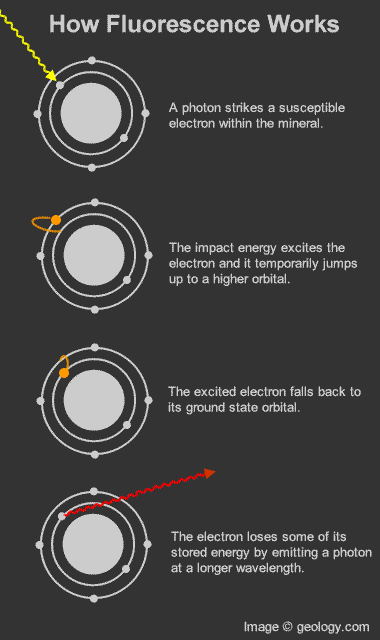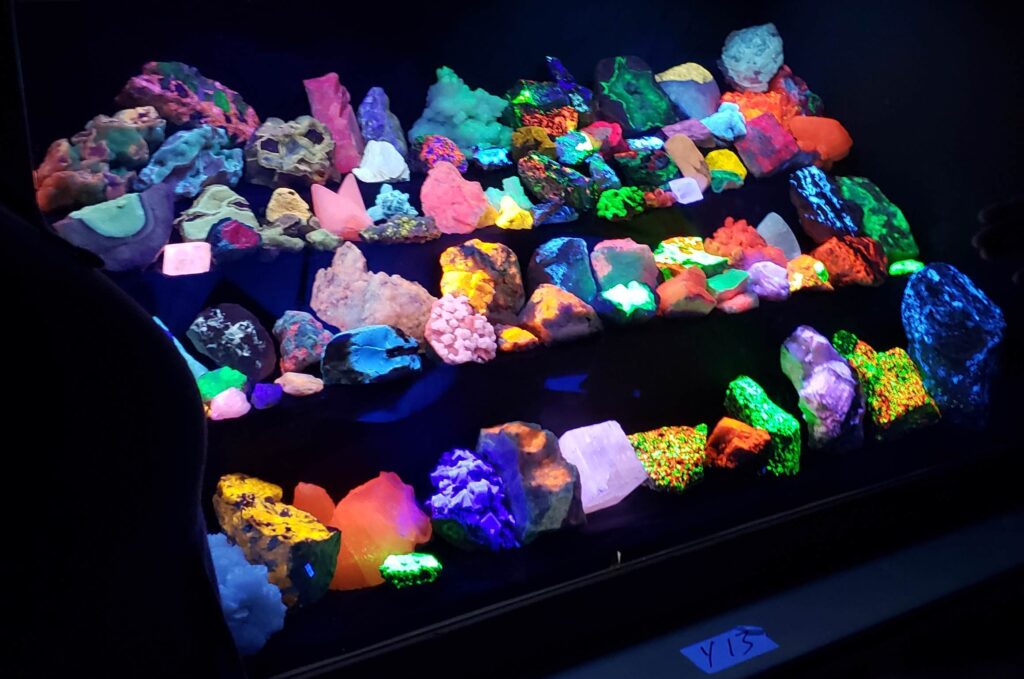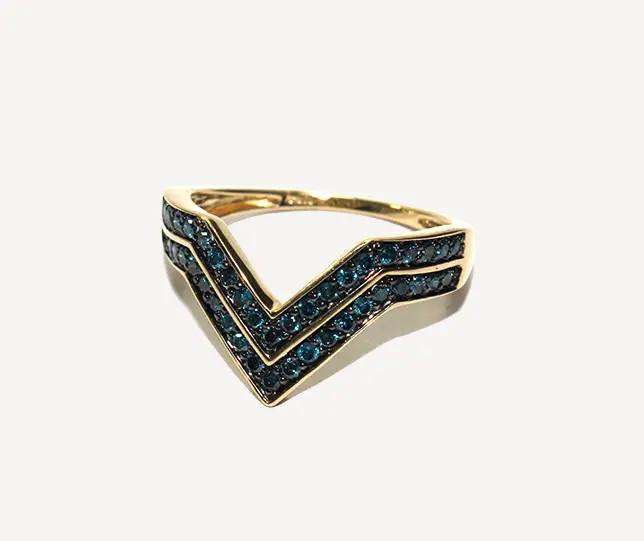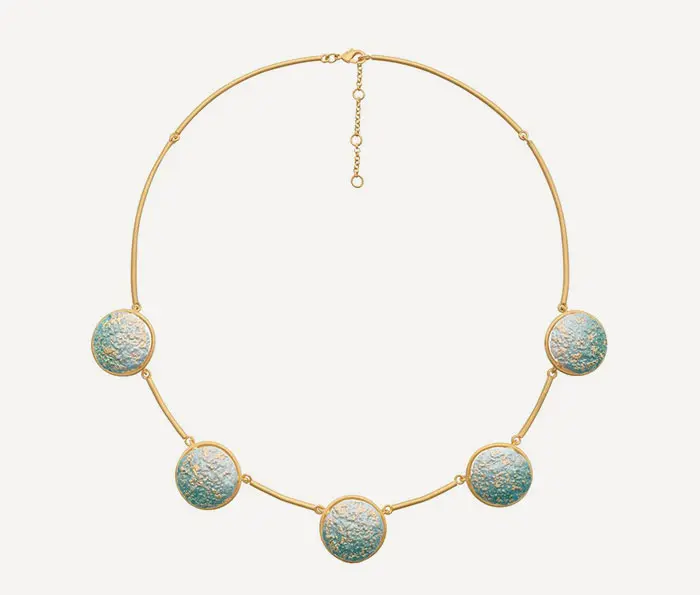The Hidden Beauty of Fluorescent Minerals: Stones that Glow Under Ultraviolet Light
Minerals are not just ordinary stones. Some of them have a unique, mesmerizing glow under ultraviolet light. They are called fluorescent minerals, and they are a rare phenomenon that science is yet to fully understand. These glowing stones have been catching the attention of mineral collectors and geologists for decades because of their mystical beauty and the scientific questions they pose.
Fluorescence is a phenomenon where a material absorbs energy at a certain wavelength and gives off light at a different wavelength. This phenomenon is due to the way that the electrons in the mineral’s structure are excited when exposed to ultraviolet light. Although scientists are still researching the causes of fluorescence, it is thought to be a result of impurities of elements like manganese, iron, and uranium.

The beauty of fluorescent minerals can only be fully appreciated when they are viewed under ultraviolet light, and collectors often use a device called a UV lamp to observe them. They come in a wide range of colors, including pink, blue, green, and yellow, and the colors can vary depending on the type of mineral and the location where they are found. One of the most well-known fluorescent minerals is the opal, which can display all colors of the spectrum when viewed under ultraviolet light.
Fluorescent minerals can be found in many parts of the world, including Brazil, Mexico, Australia, and the United States. In the United States, some of the best places to find them are Franklin, New Jersey, and Sterling Hill, New Jersey. These locations are known for their deposits of zinc minerals, which, when combined with other elements, create beautiful fluorescent minerals. Additionally, the mines in Bancroft, Ontario, Canada, are home to over 150 different types of fluorescent minerals.









